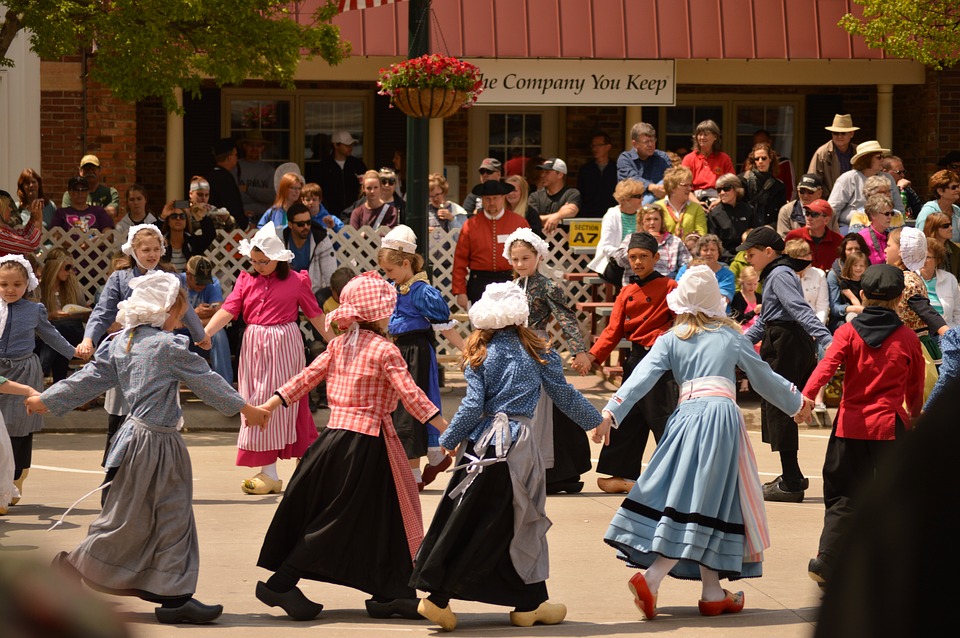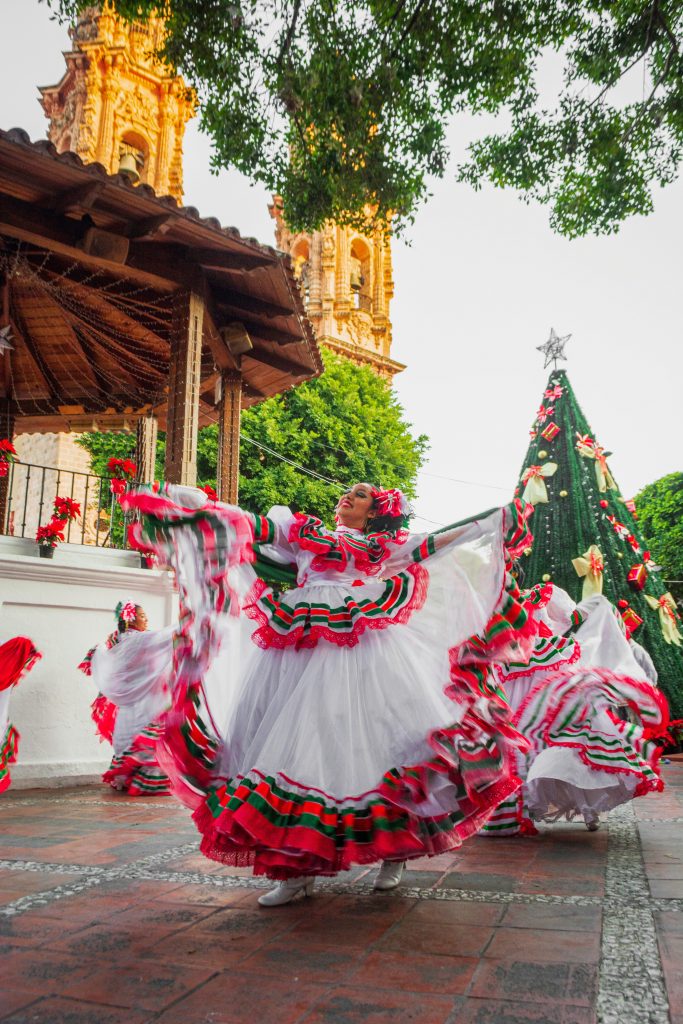Traditional dances at Christmas around the world
In many countries around the world, Christmas Day is a time for joyous celebration and a time to In many countries, Christmas Day is a time for joyous celebration and coming together with family and friends to participate in rich cultural traditions such as folk dancing. For many nations, folk dancing – steeped in history, culture, and tradition – is still a part of their yuletide festivities. The ritual of these dances makes a fine spectacle, made all the more colorful by the dancers’ costumes, replicating traditional clothing worn by folk dancers centuries ago.
Although ethnic folk dancing is handed down from one generation to the next, this ancient form of dance has been kept alive by cultural and educational organizations as well as dance instructors. Anyone interested in teaching folk dancing or classical and modern dance may be interested in the dance teacher job opportunity on Jooble.
In this article, we teamed up with experts from that job aggregator to take a closer look at several entertaining Christmas dance customs from various countries worldwide and a brief history of folk dancing.

The Origins of Folk Dancing
Though little is known about its early origins, folk dancing has a long history that spans many centuries. The isolation of countries across the world until the 20th century led to numerous distinct types of folk dancing evolving in different parts of the world. The original purpose of these ethnic dances was to combine amusement with celebrating important occasions. The costumes worn by modern-day folk dancers are a vivid reminder that, in most cases, these dances are a centuries-old cultural tradition.
Christmas Carols and the Ring Dance
Most nations have their own unique folk dances that are performed during the yuletide. Dancing at Christmas and singing carols are rooted in ancient history and originally went hand in hand. The word carol originated from the Greek phrase choraulein, which is made up of the words choros (meaning dance) and aulein (to play the flute). In medieval England, a carol was a ring dance performed while singing. However, the word “carol” eventually came to refer to the song itself rather than the accompanying dance.
Folk dances around the world at Christmastime
Romania
In the eastern part of Moldova, the Bear Dance, also known as the Ursul dance, predates the advent of Christianity. In centuries gone by, Gypsies brought their bears to town to help ward off evil spirits. Nowadays, participants in the dancewear bear skins, bear heads, and red tassels on their shoulders. Many musicians play drums and flutes while the dancers move their bodies from side to side to make their tassels spin around.
Denmark
In Denmark, it is customary to dance around the Christmas tree on Christmas Eve. Once the Christmas tree has been decorated with lights, families dance or shuffle around it while singing traditional Danish songs.
Jamaica, Bahamas & Belize
Jonkonnu (also known as John Canoe) is a festival with lots of dancing, music, and inventive costumes celebrated in Jamaica, the Bahamas, and Belize, taking place between the day following Christmas and the days leading up to New Year’s Day. Many of the participants in this festival wear elaborate masks, bright costumes, and the dancing is accompanied by percussion instruments.
Scotland
Christmas was outlawed in Scotland in the seventeenth century on religious grounds and only reemerged in the early 20th century. Today, Scotland’s Christmas may well be the epitome of the phrase “eat, drink, and be merry.” During Christmas, a series of dances are performed to traditional Gaelic music. Although specific dances involve partners, dancing in groups is more common. The dances are simple yet extremely lively. Fire is symbolic at Christmastime in Scotland, and burning Rowan tree branches is a typical Christmas tradition to “banish” negative emotions amongst friends or family members. Some Scots perform dances around a bonfire.

Mexico
In Mexico, the annual Posadas Navideas (the heart of Mexico’s traditional Christmas celebrations) gets underway on December 16 and commemorates the events leading up to Christmas. Posada Navideas takes place during Las Posadas – the nine days from December 16 to 24. Processions of revelers typically sing Christmas carols as they visit each home, acting out the tale of Mary and Joseph looking for a place to stay the night before the birth of Jesus. Two women dressed as Maria and Joseph knock on doors “seeking shelter.” A procession of people walks beside the pair while holding candles and singing Christmas carols (Villancicos). The Fiesta Mexicana follows the Posada with dance, music, and traditional Mexican Christmas eats.


Leave a Reply